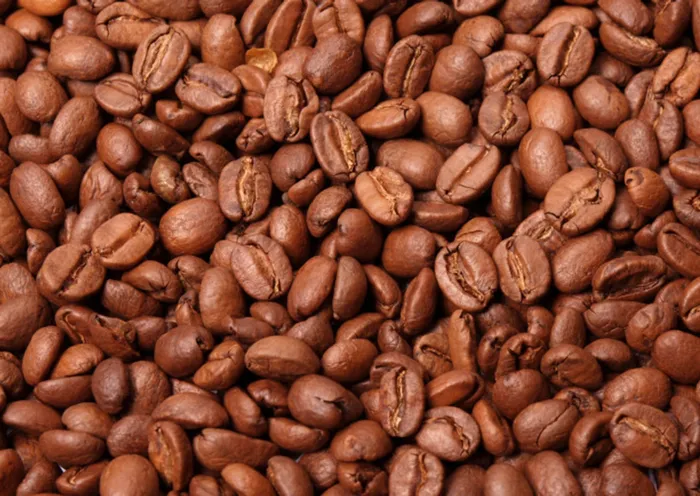ICE coffee hits 1-year low

OLYMPUS DIGITAL CAMERA OLYMPUS DIGITAL CAMERA
Arabica coffee futures on ICE fell to a one-year low for the fourth time this week on Friday, weighed down by harvest pressure from Central America, while cocoa settled weak.
Sugar was firm on short-covering and consolidative dealings.
“The (arabica) harvest should be expanding pretty quickly across Central America now. I think there's some stuff starting to move,” said Jack Scoville, The Price Group in Chicago.
March arabica coffee on ICE dropped 2.65 cents, or 1.2 percent, to settle at $2.1510 per lb, the lowest settlement for the second-position contract since Dec. 10, 2010, weighed down by harvest pressure from Central America, while cocoa -settled weak.
Sugar was firm on short-covering and consolidative dealings.
“The harvest should be expanding pretty quickly across -Central America now,” said Scoville.
Dealers said the weakness in arabica prices this week had been triggered mainly by selling across the commodity complex linked to the deepening debt crisis in the euro zone, leading to a weak chart pattern and fund buying.
Speculators returned to a net short position, totaling 6,877 lots in arabica futures, in the week ending December 13, in a swing of 8,437 lots from the last week's 1,561-contract net long, US Commodity Futures Trading Commission data showed on Friday.
They added 2,313 lots to increase their net short position in US cocoa to 28,467 lots, the biggest since the end of October, and raised their net short position in raw sugar by 1,085 contracts to 2,850 contracts, staying net short for the fourth straight week.
March robusta coffee on Liffe inched down $5 to settle at $1,897 a tonne, having touched $1,890 a tonne earlier in the session, the lowest for the second month since late November.
Dock workers at Brazil's largest port, Santos, called off a threatened strike after a labour tribunal upheld most of their pay demands, a senior union official said on Thursday, averting disruption to farming and manufacturing exports.
ICE raw sugar futures edged up on short-covering, after falling below the 23-cent level in the March contract and found some demand at that level, but they remained within striking distance of the prior session's 6-1/2 month low.
Benchmark March futures rose 0.33 cent to close at 23.08 cents a lb. The contract fell to 22.62 cents on Thursday, the lowest level for the front month since June.
Dealers said a period of consolidation was possible, although any strength in the dollar could exert further downward pressure on prices.
Big crops in the EU, Russia, Ukraine, India and Thailand, capped gains in the sugar market, dealers said.
“We expect sugar to maintain its downward trend and expect market resistance now at 23.50 cents in the medium term,” said Nick Penney of brokerage Sucden Financial. “Support should lie under 22 cents.”
March white sugar futures on Liffe rose $3.40, or 0.6 percent, to close at $599.70 per tonne.
COCOA RALLY FIZZLES
Cocoa futures fell for the third straight day after rebounding sharply from a three-year low set early this week.
May cocoa on ICE dropped $51, or 2.3 percent, to settle at $2,121 a tonne, while May cocoa on Liffe reversed to finish down 25 pounds, or 1.8 percent, at 1,387 pounds a tonne.
“Cocoa's right in the guts of harvest and it has nothing friendly going for it,” Scoville said.
“We're seeing the fact that there's more offer and I think a lot of people bought a lot of high priced cocoa so they're trying to get rid of that.”
Ivory Coast will start the forward selling of future cocoa crops from January 2012, according to a document outlining government plans to reverse a decade of liberalisation in the world's largest grower.
Also bearish are the cocoa arrivals at Ivorian ports that reached 509,852 tonnes by Dec. 11, up from 470,243 tonnes in the same period a year ago, data from Bourse du Cafe et Cacao (BCC) showed. - Reuters